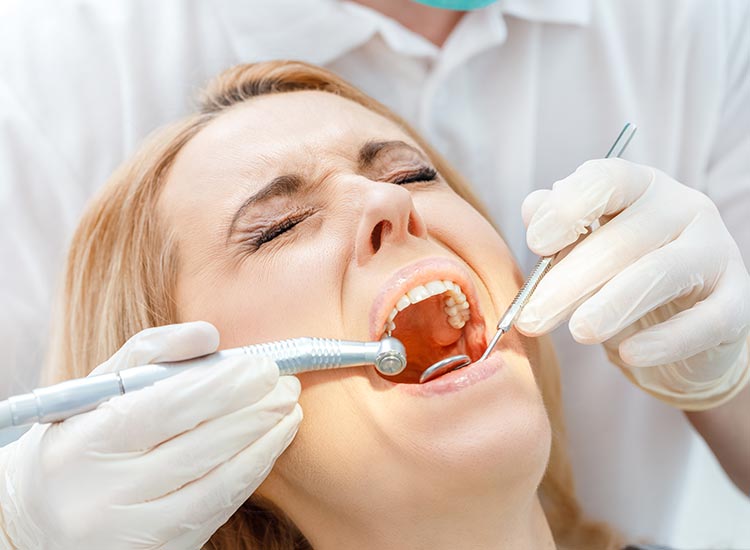Is prophylaxis dental a deep cleaning?
No, prophylaxis dental is not considered a deep cleaning; it is a routine preventive cleaning for patients with healthy gums, while deep cleaning treats gum disease.
Key Points to Consider
-
Dental prophylaxis removes plaque, tartar, and stains from the surface of the teeth.
-
Deep cleaning, or scaling and root planing, treats gum disease below the gumline.
-
Prophylaxis is recommended for maintaining oral health in healthy individuals.
-
Deep cleaning is needed when signs of periodontal disease are present.
-
Your dentist will determine which type of cleaning you need based on your gum health.
Differences Between Prophylaxis and Deep Cleaning
Purpose and Procedure
Prophylaxis focuses on preventing dental issues by cleaning the teeth above the gumline, removing plaque, tartar, and surface stains. It is a standard part of routine dental care recommended every six months for most patients. In contrast, deep cleaning, known as scaling and root planing, involves removing bacteria and tartar from below the gumline to treat active gum disease.
Patients without signs of periodontal disease usually only need a prophylaxis. However, if pockets have formed between the teeth and gums, a deep cleaning becomes necessary. Regular dental exams help detect when a simple cleaning is no longer enough.

When You Might Need More Than Prophylaxis
Signs That Indicate a Deep Cleaning
If you experience symptoms like bleeding gums, persistent bad breath, or gum recession, your dentist may recommend a deep cleaning instead of a routine prophylaxis. Scaling and root planing help stop the progression of gum disease and prevent tooth loss. X-rays and periodontal probing are often used to determine if deep cleaning is necessary.
It’s important to address early signs of gum disease before they worsen. Deep cleaning is typically done in sections and may require multiple appointments. Following your dentist’s advice ensures better oral health and helps avoid more serious dental problems later.
